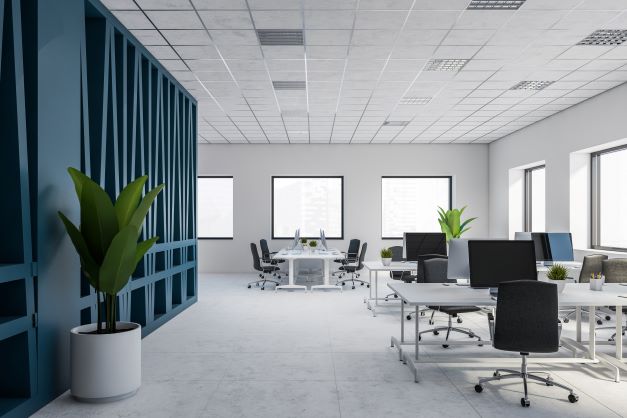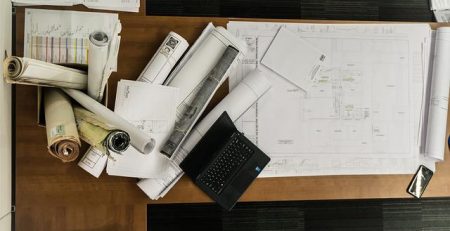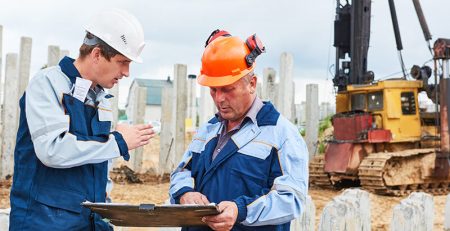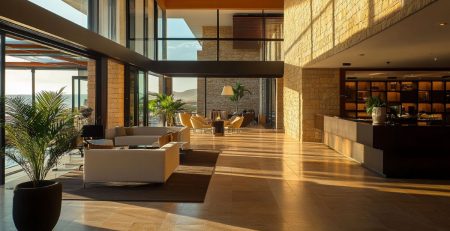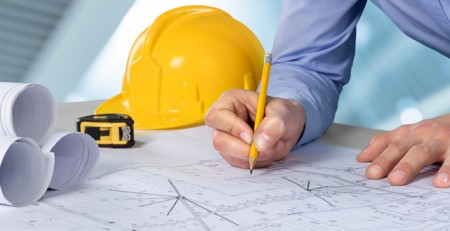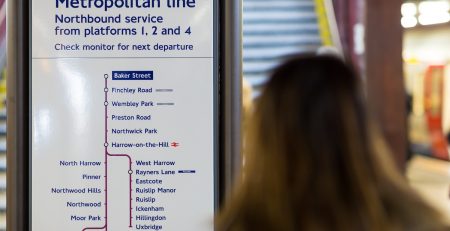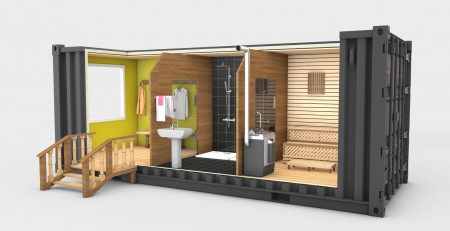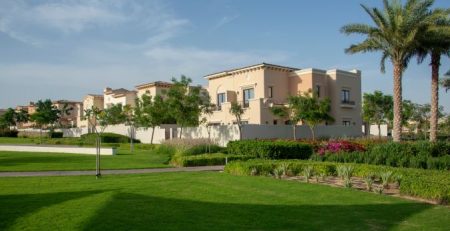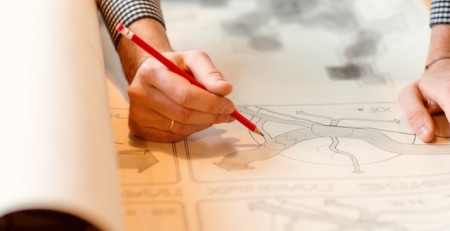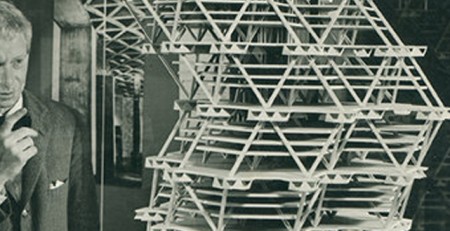The History and Architecture of the Office
Did you know, in an average working lifetime, you will spend between eighty thousand to one hundred thousand hours in an office? That’s quite a staggering figure. Further to that, how much effort do you put in to make your office a better environment better for your employees? It’s a quite a sobering question, yet one that is worth asking yourself. Office life has faced massive changes over the years, especially over the last two. The Covid-19 pandemic has transformed our working lives, particularly when it comes to office working. Now that your employees are starting to make a comeback to the office, it may be a good time to revaluate the environment in which they work.
Now, you may be thinking about changing the cubicles, buying new ergonomic chairs, investing in standing desks, or installing air conditioning. Improving the interior of your office is a great way to make a statement and show your appreciation of your workforce. Basically, there are endless ways to create an environment that your workers enjoy while allowing them to work most efficiently. The décor budget can’t all go on the front of house fixtures, you need to show the same care for your employees too.
Changing Times, Changing Offices
In years gone by, office blocks tended to be spaces designed to accommodate an inbuilt hierarchy. Senior members of staff occupied spaces upstairs with the remaining workforce working on lower floors below. Nowadays, the modern office building is very different. Open plan offices are usually opted for, with well-lit spacious areas. With functional equipment, along with paintings, plants, and other decorations to create a warmth atmosphere for workers to operate in. With that in mind, there are architectural trends developing to create a workplace that workers want to be in.
In light of the caution required regarding the pandemic, and consumer requests, airy spaces with natural resonance are in high demand. A high ceiling can be a great contributing factor to generate this sense of freedom. The working generation today are big fans of healthy lifestyles and outdoor time, so it’s great if you can create an indoor environment that reflects that. A high, well-designed ceiling can create the feeling of being beneath a big open sky, creating a relaxed environment that encourages productivity and efficiency. Another environment that works well when translated to the office is that of a local café – the relaxed and comfortable atmosphere generates a calm and happy ambiance for the office. Evidently, the future of the office involves blending aspects of various environments to create the best space for motivated, efficient work. Beautiful elements of historical architecture can be seen to be making an appearance even in the most innovative of future design ideas and this blend of old of and new is creating spaces that are enjoyable to work in. If you’re trying to convince your team to leave the comforts of the home office ane return to the workplace, creating an environment like those we’ve discussed will go a long way in attracting them back.
Tasteful and Practical
Office changes need to involve more than aesthetics. Experts like Western Industrial will tell you that there is a fine balance to be made in create a feel-good environment that also considers the functionality of the space. By considering both the look and the use of the installations and materials involved, you will find that balance. Your workforce is the lifeblood of your business and the fuel to your success. Therefore, create a space that attracts, motivates and retains the talent of your company – with a little research and planning, you can do just that.

